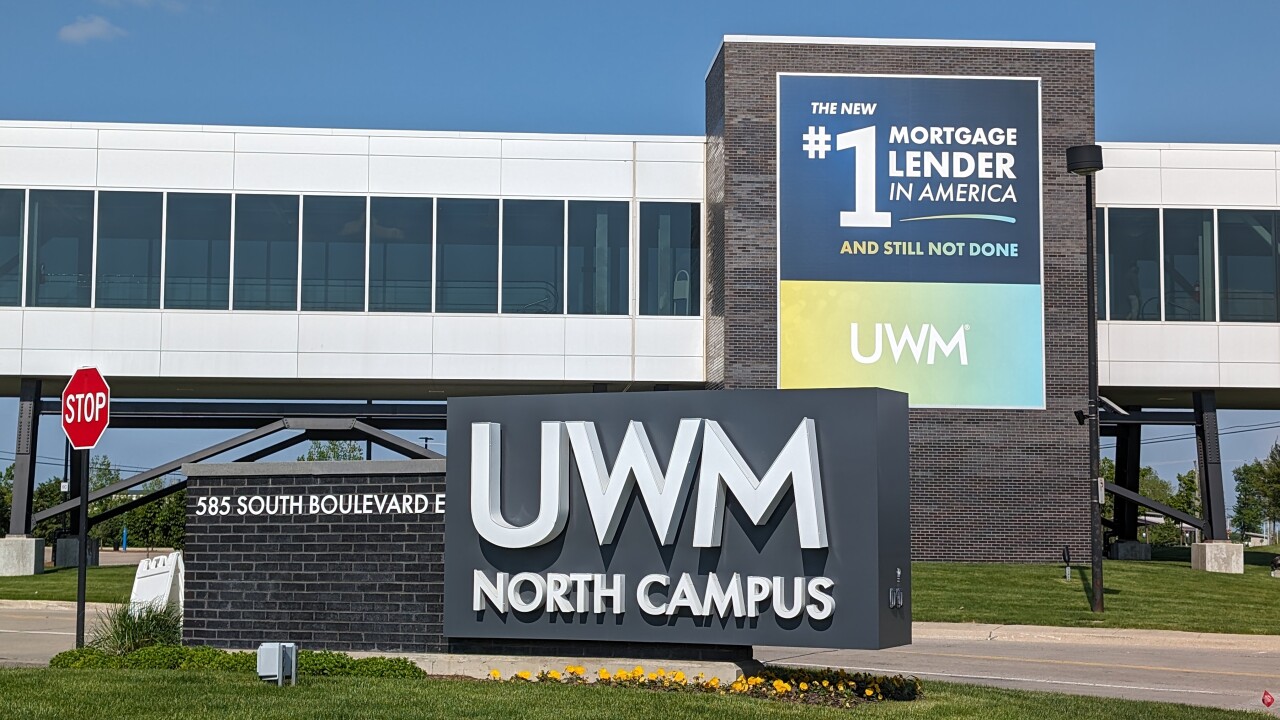Modern capitalism is failing to deliver two prerequisites for the enjoyment of economic freedom: first, cheap and ever-improving quality of shelter; and second, a currency that performs well in its three functions (medium of exchange, store of value and measuring unit).
The monetary failure exacerbates the housing failure. The ever wilder monetary experiments that governments authorize have undermined the overall quality of their currency, whether dollars, euros or yen. At best, the monetary outlook is for perpetual inflation at 2% per annum with continuously depressed interest rates, especially at long maturities; and a slew of many worse prospects than that (including another high inflation era).
Along the way these experiments have been the source of asset-price inflation disease. Long-term interest rate markets rendered dysfunctional by the present monetary regime have perpetuated the spread of this disease into the residential real estate markets.
As the broad indices show
A currency the public embraces
First, the guiding principle of the monetary regime should be to produce a currency that the public would embrace. What does that mean? Think of the Deutsche mark's historically high popularity with the German population. That hard-money era is long gone and instead Americans, Europeans and Japanese continue to suffer the cursed monetary climate of asset-price boom and bust, long stretches of enforced negative real interest rates, and the perpetual menace of a new high inflation era at an uncertain future date. For ordinary citizens, the Yellen dollar, the Draghi euro and the Kuroda yen are unloved and miserable enforced alternatives to the hard money they would prefer.
The global 2% inflation standard has been with us for almost a quarter century. It set the stage for two asset busts (2000 and 2007) as central banks led by the Federal Reserve sought to resist the decline in prices of goods and services brought by rapid globalization and technological change, keeping interest rates at artificially low levels in the process. Spoiler alert: A third is most likely on its way. Wild monetary experimentation led households to search for yield in the near-term, and

The apparent case for buying real estate under these monetary conditions is strong. Another high inflation era looms large on the horizon — though short-run inflation prospects seem stable, according to the economic forecasters. Long-term rates are severely depressed in a dysfunctional long-term rate market that no longer provides reliable readings of high inflation danger in the long-run future. Instead, the present monetary regime distorts the thermometer's functioning. Yes, you can still find inflation vigilantes. Yet even the Don Quixote amongst them, hypersensitive to the dangers of future inflation, would hesitate to position himself on the short-side of the long-term interest rate market. He could be trampled by the next investor stampede fleeing an asset-price deflation shock, the major and ever-present risk of this late stage of asset-price inflation.
How soon the monetary regime might change depends on many imponderables — most of all the gauging of political response to the two main ways in which it delivers its next big shock — whether asset-price crash and recession on the one hand or high inflation on the other (or both in some unknown sequence of events). But so long as the regime survives, homeowners — present and potential — can expect high prices on average interspersed with wild rides up and down.
End the perverse incentives
The second necessary reform for cheaper shelter lies in the tax-legislative process. We must end the perverse incentives that superficially aid the new home buyer but, when considered in the aggregate, provide little help. In fact, in most cases they result in a much higher all-in homeownership cost than otherwise.
Other subsidies push up the price of homeownership. For example, the Fed's asset purchase program, which has involved accumulating vast quantities of mortgages, has suppressed the long-term interest rates on such paper. Fannie Mae and Freddie Mac and their effective semi-official guarantees to bond holders have similar impact. And ultimately, subsidies in the banking industry related to "too big to fail" encourage lending beyond what would occur in a free market context and do the same thing: push up house prices but reduce the cost of leverage taken on to pay those high prices.
If the idea is to harness fiscal incentives to reduce the price of homes, then those should relate to boosting supply of residential space not demand. Consider alternatively expensing of capital expenditure against tax, where the expenditure increases the supply of effective living space (for example, replacing warehouse or offices with residential space, or building residential space higher than previously). These incentives are related to a third area of reform — deregulation.
Deregulation
Of course, the chief regulatory restraint is land zoning. It may be difficult for the federal government to act here, but tax incentives as above (to building) might increase pressure on responsible local or state legislatures to act. Consider Tokyo as a live example of what can happen. Certain districts within Tokyo have largely been deregulated, meaning that there is no limit to turning warehouse space into residential, or on building high. And so for a similar population influx (yes, despite a steadily falling Japanese population, there has been persistent influx to Tokyo) the volume of residential construction in Tokyo has far outpaced great metropolitan areas in Europe and the U.S. Interestingly, price rises have been slow at best in spite of the wild monetary ride under Abenomics.
Beyond land-zoning, targets for reform include the dismantling of handicaps to innovation and flexibility in rental contracts whilst eliminating the perverse tax incentives that favor homeownership over renting. Ultimately, the ordinary citizen would gain from greater choice in how to acquire residential space whether as owner or renter without having to navigate/encountering snakes and ladders as installed on the drawing board by the myriad (and uncoordinated) regulatory and tax offices.
Don't hold your breath.





